Insights into antiparallel microtubule crosslinking by PRC1, a conserved nonmotor microtubule binding protein
- PMID: 20691902
- PMCID: PMC2966277
- DOI: 10.1016/j.cell.2010.07.012
Insights into antiparallel microtubule crosslinking by PRC1, a conserved nonmotor microtubule binding protein
Abstract
Formation of microtubule architectures, required for cell shape maintenance in yeast, directional cell expansion in plants and cytokinesis in eukaryotes, depends on antiparallel microtubule crosslinking by the conserved MAP65 protein family. Here, we combine structural and single molecule fluorescence methods to examine how PRC1, the human MAP65, crosslinks antiparallel microtubules. We find that PRC1's microtubule binding is mediated by a structured domain with a spectrin-fold and an unstructured Lys/Arg-rich domain. These two domains, at each end of a homodimer, are connected by a linkage that is flexible on single microtubules, but forms well-defined crossbridges between antiparallel filaments. Further, we show that PRC1 crosslinks are compliant and do not substantially resist filament sliding by motor proteins in vitro. Together, our data show how MAP65s, by combining structural flexibility and rigidity, tune microtubule associations to establish crosslinks that selectively "mark" antiparallel overlap in dynamic cytoskeletal networks.
Copyright 2010 Elsevier Inc. All rights reserved.
Figures

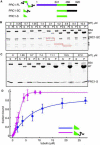
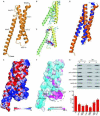
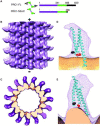
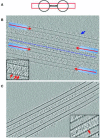
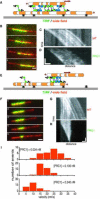

Comment in
-
A MAP for bundling microtubules.Cell. 2010 Aug 6;142(3):364-7. doi: 10.1016/j.cell.2010.07.023. Cell. 2010. PMID: 20691897 Review.
-
Cytoskeleton: midzone microtubule management.Nat Rev Mol Cell Biol. 2010 Sep;11(9):602-3. doi: 10.1038/nrm2965. Nat Rev Mol Cell Biol. 2010. PMID: 20729927 No abstract available.
References
Publication types
MeSH terms
Substances
Associated data
- Actions
- Actions
Grants and funding
LinkOut - more resources
Full Text Sources
Other Literature Sources
Molecular Biology Databases

